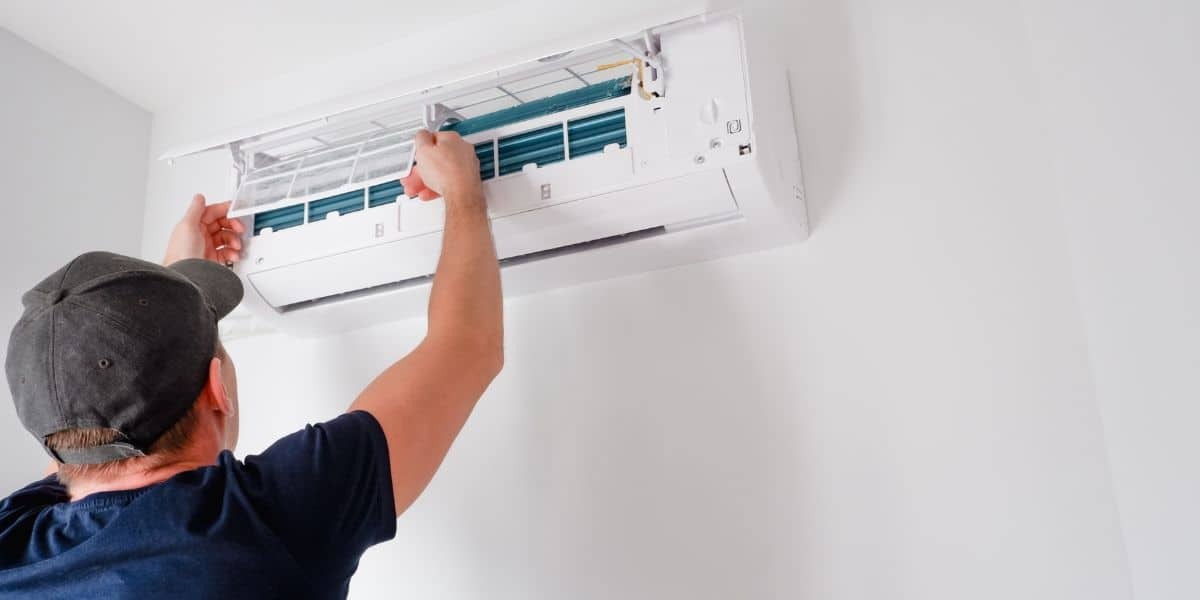When selecting a mini split air conditioning system, understanding its efficiency ratings is crucial for making an informed decision that balances comfort and energy savings. Among the various metrics used to evaluate mini split AC units, SEER and HSPF are the most commonly referenced. These ratings provide insight into how effectively a unit cools or heats your space relative to the energy it consumes.
SEER stands for Seasonal Energy Efficiency Ratio and measures the cooling efficiency of an air conditioning system over an entire cooling season. It is calculated by dividing the total cooling output in British Thermal Units (BTUs) by the total electricity consumed in watt-hours during that period. A higher SEER rating indicates better energy efficiency, meaning the unit uses less electricity to produce the same amount of cooling compared to models with lower ratings. For mini splits, SEER values typically range from 13 up to 30 or more in high-end models, reflecting advancements in compressor technology and inverter-driven motors.
HSPF, which stands for Heating Seasonal Performance Factor, evaluates heating efficiency rather than cooling performance. This rating applies primarily to heat pump systems within mini splits that provide both heating and cooling functions. HSPF measures how many BTUs of heat are produced per watt-hour of electrical energy consumed across a typical heating season. Like SEER, higher HSPF numbers signify greater efficiency and lower operating costs during colder months when heating demands increase.
In addition to SEER and HSPF, some manufacturers also highlight Energy Efficiency Ratio (EER) values on their products. EER assesses efficiency at a specific outdoor temperature rather than over an entire season like SEER does. While useful for understanding performance under peak conditions-often around 95°F-EER alone doesn’t capture variations throughout different weather patterns as comprehensively as seasonal metrics do.
Another relevant measurement is COP or Coefficient of Performance, which describes instantaneous heating or cooling output divided by power input under standardized test conditions. COP offers detailed technical insight but can be less accessible for everyday consumers compared to SEER or HSPF because it requires familiarity with thermodynamic principles.
When comparing mini split ac units based on these ratings, it’s important not only to consider numerical values but also factors such as installation quality, proper sizing relative to room area, and local climate conditions that influence overall effectiveness and cost-efficiency over time. Higher-rated systems often come with increased upfront prices; however, they tend to deliver significant savings on utility bills through reduced electricity consumption throughout their lifespan.
Ultimately, understanding what each rating represents helps homeowners choose mini split air conditioners tailored specifically to their needs while optimizing comfort levels alongside environmental impact reduction goals. By paying attention primarily to SEER for cooling seasons and HSPF for heating capabilities-and supplementing this knowledge with additional parameters like EER when available-buyers can confidently select efficient solutions suited perfectly for year-round climate control demands without unnecessary expense or complexity involved in deciphering multiple overlapping standards.

